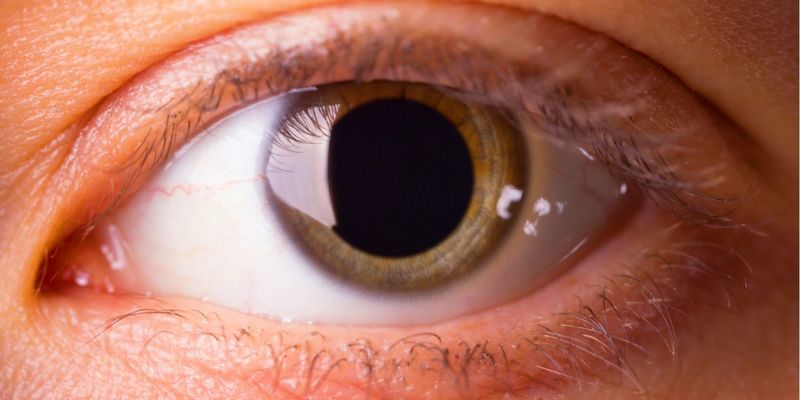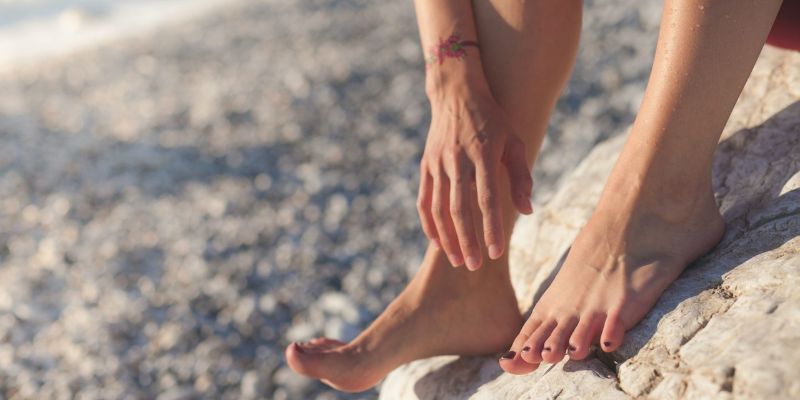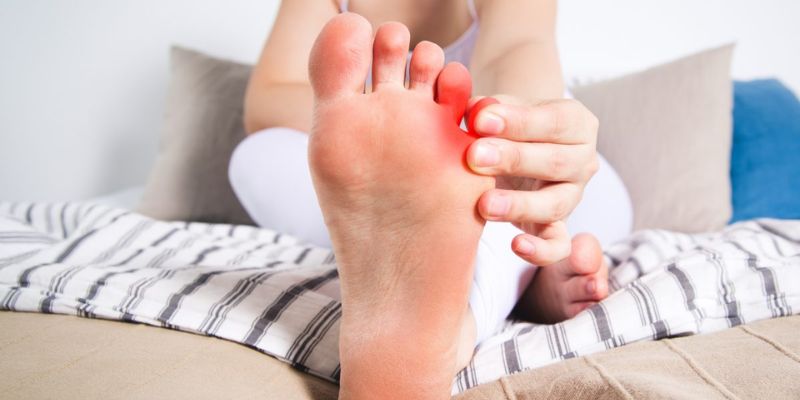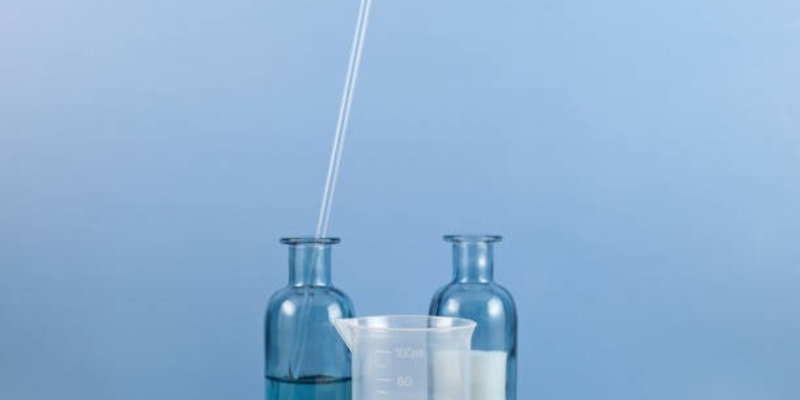Are you waking up in the middle of the night with cramping toes? If you answered yes, then you're not alone. Toe cramps can be an incredibly uncomfortable experience that impacts our day-to-day lives, diminishing our quality of life and potentially leading to more issues in the long term if left unaddressed.
We will explore various potential reasons for toe cramps so that you can understand why it is happening and take action steps to alleviate the discomfort.
What are Toe Cramps

Toe cramps, also known as toe spasms, can occur in any of the toes and are often accompanied by sharp pain. The muscle fibers in your toes contract suddenly, and it can be so intense that it wakes you up from sleep. This occurs when muscles contract involuntarily, disrupting our bodies' natural balance of tension.
Causes Of Toe Cramps

Dehydration
When we do not drink enough water throughout the day or consume too much caffeine or alcohol, this affects our body’s electrolyte balance which can cause muscle contraction and spasms, including those of our toes.
Overuse/Strain
Running or playing sports can cause excessive strain on the feet and toes. In combination with tight shoes, this strain may lead to toe cramps. In addition, inadequate stretching before physical activity can also be a factor in toe cramps.
Mineral Deficiency
Minerals such as calcium, potassium, sodium, and magnesium are important electrolytes that help regulate muscle contractions. Not getting enough of these minerals from our diet or supplements could contribute to frequent muscle spasms, including those of our toes.
Nerve Damage/Compression
Injuries or medical conditions such as diabetes can damage the nerves leading to the feet and cause them to spasm involuntarily. Pressure from wearing shoes that are too tight for long periods can compress the nerves and cause toe cramps.
Tight or weak muscles
If the muscles in your feet are tight, this can increase the risk of toe cramps. On the other hand, weak or overstretched muscles can also be a cause as they may lack control and strength to hold our toes properly, thus leading to spasms.
Muscle injuries
Injuries such as strains or pulls in the muscles of your feet can cause toe cramps. In addition, regular strenuous activities that are done without proper support for your feet and toes can also lead to cramping.
Poorly fitting shoes
Poorly fitting shoes can be a major contributor to toe cramps. Shoes that are too tight, narrow, or short don’t provide adequate space for your toes and feet, meaning they’re often cramped in the shoe. This contributes to muscle tension and strain, leading to spasms throughout the foot and toes.
Shoes without proper arch support can also put extra pressure on certain parts of the feet leading to toe cramps. Wearing shoes without socks can also increase your risk of toe cramps, as this decreases the amount of cushioning for our feet.
Electrolyte imbalances
Electrolyte imbalances occur when the body does not have enough of certain minerals and salts, such as potassium, magnesium, calcium, and sodium. These electrolytes are responsible for maintaining normal bodily functions such as muscle contractions. When there is an imbalance in these electrolytes, this can result in muscle cramps, including those in our feet and toes.
This typically happens when people don’t drink enough water or consume too much caffeine or alcohol. Electrolyte imbalances can be addressed by eating a balanced diet, drinking plenty of fluids throughout the day, and taking supplements to make up for any deficiencies.
Restless leg syndrome
Restless Leg Syndrome (RLS) is a neurological disorder characterized by an irresistible urge to move the legs. People with RLS often experience uncomfortable sensations in their lower extremities, such as tingling, throbbing, and crawling feelings that make it difficult to stay still for extended periods.
This condition can also cause insomnia, fatigue, daytime sleepiness, irritability, and problems with concentration and memory. It is most commonly treated with medications or lifestyle changes such as exercise and relaxation techniques. In addition, many people find comfort in home remedies such as hot baths or massages before bedtime or using supportive pillows while sleeping.
Poor blood flow
Poor blood flow in the feet can cause toe cramps, inhibiting the muscles from receiving enough oxygen and nutrients to function properly. This is often caused by dehydration or standing for long periods without rest. Poor sitting or standing posture can also limit circulation and contribute to toe cramps.
In addition, medical conditions such as diabetes or kidney problems can lead to poor blood flow and a subsequent increase in muscle spasms. Wearing compression socks or taking breaks throughout the day are just some ways to help improve poor blood flow in your feet and reduce the risk of developing toe cramps.
Arthritis
Arthritis is a common condition that affects millions of people worldwide. It causes pain, stiffness, and swelling in the joints, which can make everyday activities difficult. While there is no cure for arthritis, effective treatments are available to help manage the symptoms. Exercise, physical therapy, medications, and joint protection are all useful tools for those with arthritis. In addition to these more traditional methods of managing arthritis symptoms, many sufferers have found alternative therapies such as acupuncture and massage highly beneficial. Lifestyle modifications can help reduce flare-ups and overall discomfort caused by arthritis, such as getting enough rest, maintaining a healthy weight, avoiding smoking, and staying active through low-impact exercises like walking or swimming.
Dystonia
Dystonia is a neurological disorder characterized by involuntary and uncontrollable muscle contractions, which can cause repetitive and twisting movements or abnormal postures. These symptoms are often painful and may affect any body part, including the feet and toes. While there is no cure for Dystonia, there are many treatment options to reduce its effects.
Physiotherapy can help increase strength in affected muscles, while occupational therapy can help improve balance and coordination. In addition, medications such as botulinum toxin injections can temporarily relax tight muscles, providing relief from pain and spasms. Alternative therapies such as massage or acupuncture may also be beneficial in some cases.
FAQS
How do I stop cramps in my toes?
The best way to stop cramps in your toes is to identify and address the underlying cause. This may include changing your footwear, stretching or strengthening exercises, improving your posture, and drinking plenty of fluids. Massage therapy, acupuncture, and other alternative treatments can also help. It is important to speak with a doctor if you are experiencing frequent or severe toe cramps, as some medical conditions can be responsible.
What foods help with toe cramps?
Foods rich in electrolytes such as potassium, magnesium, calcium, and sodium can help with toe cramps. Bananas, oranges, sweet potatoes, dark leafy greens, nuts and seeds, whole grains, legumes, and yogurt are all good sources of these minerals. Drinking plenty of water throughout the day is key to preventing dehydration and electrolyte imbalances, which can contribute to toe cramps.
What is a home remedy for foot cramps?
Some home remedies that can help with foot cramps include stretching, applying a cold compress to the affected area, taking a hot bath or shower, massaging the area gently, and drinking plenty of fluids. Drinking chamomile tea before bed can also help relax the muscles and prevent cramping while sleeping.
Conclusion
Awareness of the potential causes of toe cramps can help people avoid and alleviate their symptoms. Keeping toes in good condition through stretching, hydration, proper nutrition, and wearing shoes with extra support is key for prevention. Talk to your doctor if your symptom persists and get checked for any underlying medical conditions like nerve damage or dehydration. Taking simple preventive measures and obtaining professional medical advice is the best way to keep toe cramps at bay.




